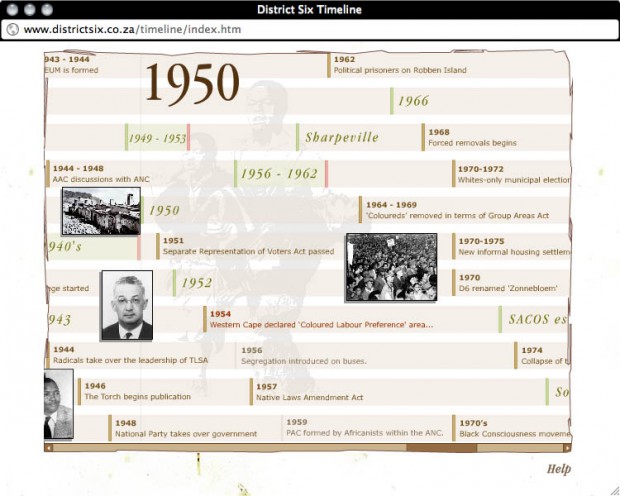Second Life Sneak Preview – My Neon-Sign Avatar Museum Performance at Gallery Xue…
For my museum performance in Second Life, my avatar has been composed entirely out of neon signs. These pics illustrate the signs with animations advertising the Museum of Vancouver’s “UGLY VANCOUVER NEON VANCOUVER” show and the IAT 888 class…
The neon words on the custom signs get scrambled before spelling out the full words…UPDATE: This avatar now has the Pepsi head aligned with the Coors Lite bikini body…I have taken some video footage and hope to upload them to youtube, with the Prof’s permission 🙂 I plan to perform at Gallery Xue’s various museum franchises within Second Life and may also set up an installation there (time permitting)…








